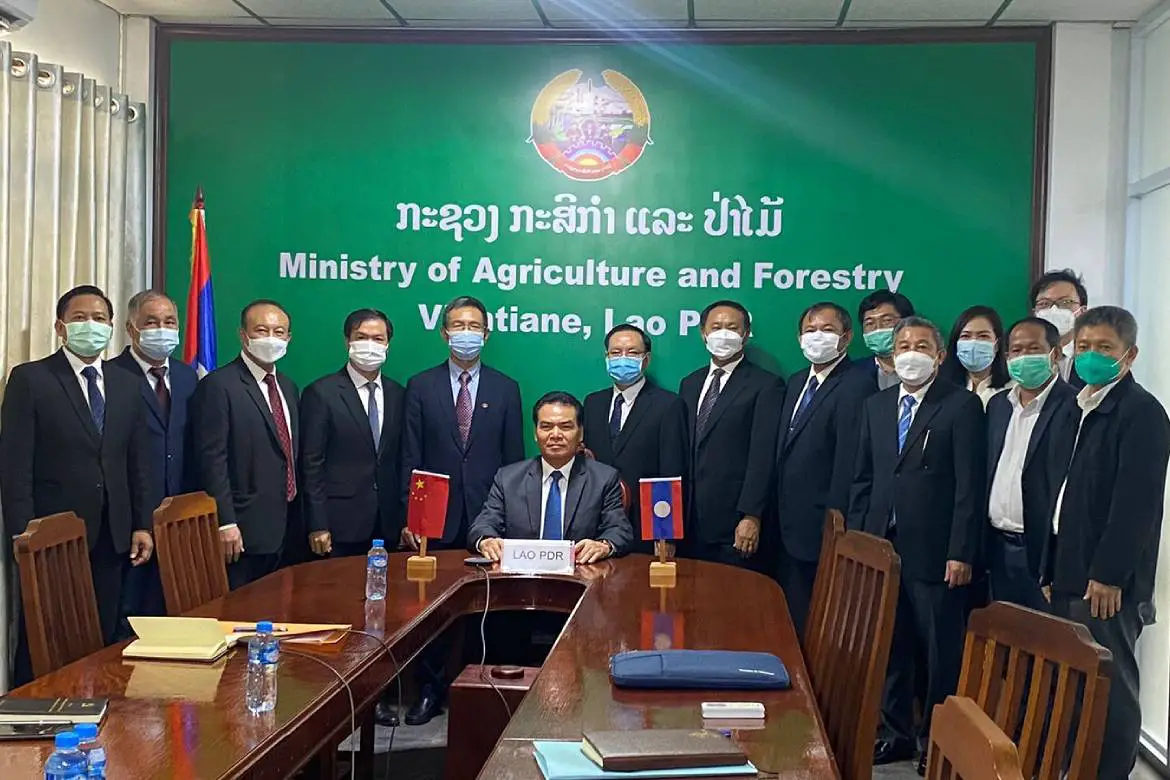Image source : Image: Ministry of Commerce, Laos
Vice Minister Wang Lingjun of China’s General Administration of Customs and Dr. Phet Phomphiphak, Minister of Agriculture and Forestry of Laos signed a new inspection and quarantine protocol on Sept. 13 allowing Laotian passion fruit to enter the Chinese market.
Laos’ Ministry of Agriculture and Forestry reports that China accounts for 80% of its agricultural exports, making it the ASEAN country’s biggest export market. The most recent protocol allows eight Laotian agricultural products to enter China, namely rice, corn, bananas, watermelons, cassavas, sweet potatoes, fresh beans, and passion fruit. There are also plans to open up China’s market to other Laotian fruits, such as durians, longans, dragon fruit, jackfruit and oranges.
Since 2012, China has been cultivating its own passion fruit on a large scale. More than 700,000 mu (46,700 hectares) of land in China are devoted to passion fruit production, with an annual output in excess of 600,000 metric tons. China produces most of its passion fruit along its southeast coast and in its southwestern regions, but about 50% of all fruits are produced in Guangxi province.
The majority of China’s passion fruit sales are now made through e-commerce channels, 80% of which are fresh fruit. Tmall’s own data indicates that passion fruit sales accounted for 13.9% of the company’s total fruit sales in June 2019, and that this fruit ranked third overall in the fruit category in terms of country-wide sales.
As the beverage market has evolved rapidly, demand for passion fruit has grown along with it. Passion fruit juice accounts for 90% of China’s passion fruit trade, which is mainly sourced from Vietnam. In smaller quantities, Thailand and Ecuador also export passion fruit juice to China.
Source : guojiguoshu

